Advanced Manufacturing for Optical Fibers and Integrated Photonic Devices
Preface About the Author Acknowledgments Workshops Introduction Standard Workshops High-Tech Workshops Rapid Manufacturing Workshops Additive Manufacturing Workshops An Example of Workshop Modifications Production Lines Introduction Why Build Production Lines? Producing Economical Products Requirements to Build and Design a Production Line Categories of Manufacturing Lines Manufacturing Processes Types of Assembly Lines Single Production Lines Parallel Production Lines Feed in Production Lines Cross-Production Lines Partially Automated Lines Fully Automated Lines Pilot Production Lines Standard Workstations Principles of Building Successful Production Lines Consequences of Building Unsuccessful Production Lines Causes of Day-to-Day Problems Steps in Long-Term Planning to Solve the Production Line Problems Objectives for Long-Term Planning to Improve the Production Line Reduced Labor Improved Machine Utilization Improved Operational Control Reduced Inventory Procedures Manufacturing Procedures Types of Manufacturing Procedures Samples of Manufacturing Procedures Sample 1: Temperature Test (Manual Oven) for Hybrid Devices Sample 2: AP and PC Connector Assembly Appendix A: PDL Test Procedure Appendix B: Troubleshooting and Possible Fixes Clean Rooms Introduction Bunny Suit Clean Room Standards High Manufacturing Technology Introduction Fiber Optic Cables Fiber Optic Cable Construction Plastic Fiber Cables Light Propagation in Fiber Optic Cables Types of Fiber Optic Cables Single-Mode Step-Index Fiber Cable Multimode Step-Index Fiber Cable (Multimode Fiber Cable) Multimode Graded-Index (GRIN) Fiber Cable Polarization-Maintaining Fiber Cables Specialty Fiber Cables Fiber Cable Fabrication Techniques Double Crucible Method Chemical Vapor Deposition (CVD) Processes Outside Vapor Deposition (OVD) Vapor Axial Deposition (VAD) Modified Chemical Vapor Deposition (MCVD) Plasma Chemical Vapor Deposition (PCVD) Fiber Drawing Photonic Crystal Fiber Cables Microstructure Fiber Cables Polymer Holey-Fiber Cables Fiber Cable Inspection and Handling Case a: Fiber Cable Inspection and Handling Case b: Fiber Cable Ends Preparation Manufacturing Fiber Cable Assembly Light Source Coupling to a Fiber Cable Launching Light Conditions into Fiber Cables Applications of Connectors and Splices Requirements of Connectors and Splices Fiber Connectors Fiber Optic Connector Types Adapters for Different Fiber Optic Connector Types Fiber Optic Connector Structures Fiber Optic Connector Assembly Techniques Building FSMA Connectors Hot-Melt Connectors Epoxyless Connectors Automated Polishing Fluid Jet Polishing Fiber Optic Connector Cleaning Connector Testing Fiber Splicing Mechanical Splicing Key Lock Mechanical Fiber Optic Splices Table Type Mechanical Fiber Optic Splices Fusion Splices Splice Testing Fiber Optic Cable Types and Installations Introduction Fiber Optic Cable Types and Applications Indoor Fiber Optic Cable Types and Applications Outdoor Fiber Optic Cable Types and Applications Indoor/Outdoor Fiber Optic Cable Types and Applications Other Fiber Optic Cable Types and Applications Fiber Optic Cable Installation Methods Indoor Fiber Optic Cable Installation Cable Installation in Tray and Duct Systems Conduit Installation Pulling Fiber Optic Cable Installation Fiber Optic Cables Direct Burial Installation Fiber Optic Cable Aerial Installation Air-Blown Fiber Cable Installation Other Fiber Cable Installation Methods Standard Hardware for Fiber Optic Cables Fiber Splice Closures Rack with Panels Connector Housings Patch Panels Splice Housings Wall Outlets Fiber Optic Testing Equipment Fiber Optic Cable Test Requirements How to Install a Fiber Optic Cable Technique and Apparatus Fiber Optic Cable Installation Procedure Manufacturing of Passive Fiber Optic Devices Introduction 2 x 2 Couplers 3 dB Couplers Y-Couplers Star Couplers Coupler Construction Fused Taper Couplers Polishing D-Section Couplers Twin Core Fiber Couplers Manufacturing of Active Fiber Optic Devices Introduction Optomechanical Switches Electro-Optic Switches A High-Speed Optical Switch Using a Fiber Optic Coupler Acousto-Optic Switches Microelectromechanical Systems (MEMS) 3D MEMS-Based Optical Switches Micro-Optomechanical Systems (MOMS) Continuous Improvement in a Production Line Introduction Understand the Need for Changes Preparing for the Change Handling Time Reducing Packaging and Shipping Times Packaging Process Shipping Labels and Tags Sealing the Shipping Box 5S Implementation Modifications of a Production Line and Product Reducing Waste Solving Problems in Manufacturing Lines Jigs Usage in Production Lines Continuous Improvement Schedule Standard Work Improvement Process Continuous Flow Production (CFP) Basic Elements of Continuous Flow Production Just in Time (JIT) Characteristics of the Flow Production Implementation of Continuous Flow Production (CFP) Benefits of Continuous Flow Production Types of Waste Introduction Types of Waste Waste of Inventory Waste of Overproduction Waste of Defect Waste of Inefficient Process Waste of Waiting Waste of Materials Transportation/Movement Waste of Motion Waste of Rejects Waste of Person Other Types of Waste Waste Reduction Techniques Waste of Products Eliminating Waste Waste Reduction Product Design and Manufacturing Materials Reuse and Recycling Packaging Reduction Purchasing Office Paper Use Cafeterias and Restrooms Waste Reduction by Training Enhance Your Waste Reduction Program Remarks Application of the 5S's in Manufacturing Lines Introduction The 5S's Sort Set in Order Shine Standardize Sustain Implementation of the 5S's in a Manufacturing Line Plan Start Put Plan into Action Analyses Future Plan Management and Employee Responsibilities Introduction Structural Needs of a Company Responsibilities of Employees Employee Rights Responsibilities of Managers Safety Ethics Laws and Regulations Management and Ethnics Occupational Safety and Health Administration Society and Ethics Human Society: Family and Person Professional Societies Fundamental Standards in Professional Engineering Societies Lean Manufacturing Introduction History of Lean Manufacturing Key Elements of Lean Manufacturing Just in Time (JIT) Jidoka Standardized Work Understanding the Application of Flow Processing Techniques Applying Lean Principles (Poka-Yoke) Key Tools of Lean Manufacturing Differences between Lean and Conventional Manufacturing Leadership in Lean Manufacturing Lean Manufacturing and Waste Lean Manufacturing Implementation Program Characteristics of Lean Manufacturing Application of Lean Manufacturing Lean Software Engineering Lean on Healthcare Lean Manufacturing Strategy Benefits Make Lean Manufacturing Succeed Advantages of Lean Manufacturing Disadvantages of Lean Manufacturing Product Improvement Introduction Purpose of Product Improvement Process of Producing Economical Products Modify Floor Plan Floor Plan Design Modifying a Floor Plan Improving and Optimizing Handling and Process Times Reduce the Waste of Inventory Reduce Overproduction Reduce Defects Inspection of Incoming Materials Employee Training Inspection of Inventory Reduce Rejects Using Alternative Materials Using New Jigs, Devices, and Tools Using Automation Time Management in a Professional Environment Introduction Time Management Best Practices Adopt a Positive Attitude Blame Self-Assessment Responsibility Developing Specific Skills Prioritization Skills Planning Skills Delegation Skills Organization Skills Establishing Daily Priorities Identifying Goals from Objectives Identify Activities Determine High- and Low-Return Activities Consider Objectives Determine Urgency vs. Importance Rank Priorities (1-2-3 System) Decide What to Do (ABC System) The Myths Hard Work Leads to Success Keep Working and You Will Get More Done Efficiency Leads to Effectiveness Dedication and Commitment Are Essential to Success You Are the Best Person to Do the Job He or She Who Runs Away Lives to Fight Another Day Work Is Its Own Reward Work Was Never Intended to Be Fun It's My Way or the Highway Work Best under Pressure Time Wasters Interruptions Correspondence Meetings Meeting Rules Communications Top 10 Time Management Tips Time Management Strategies Internal, External, and ISO Auditing Introduction Internal Auditing External Auditing Auditing Activities Management's and Engineers' Roles Auditing Annual Planning Execution of Auditing Activities Audit Reports Quality of the Audit Report Audit Report Strategic Plans The Difference between Internal and External Audits The Role of the Internal Auditor The Role of the External Auditor International Organization for Standardization (ISO) Benefits of ISO 9000 Standards Benchmarking for ISO 9000 Responsibilities of Management ISO 9000 Employee Expectations Tips for a Successful ISO 9000 Process Impact of Technology Changes and ISO 9000 High-Tech Manufacturing Safety Introduction Personal Protective Safety Equipment (PPSE) Electrical Safety Fuses/Circuit Breakers ON/OFF Switches Plugs Wall Outlets Cords Ground Fault Circuit Interrupters Light Sources Devices and Equipment Audiovisual and Computer Peripherals Handling of Fiber Optic Cables Epoxy Adhesives and Sealants Cleaning Optical Components Optic/Optical Fiber Devices and Systems Cleaning Chemicals Warning Labels Laser Safety Laser Safety Tips Indoor Air Quality Other Considerations References Glossary Index
{{comment.content}}
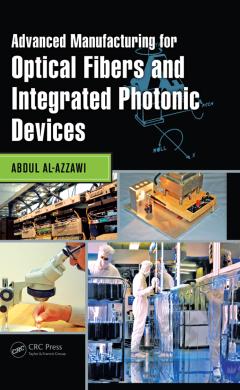
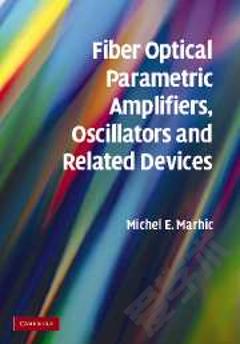
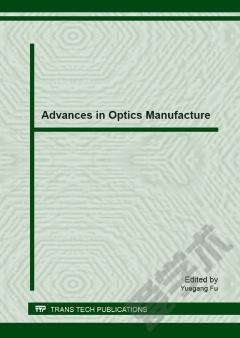
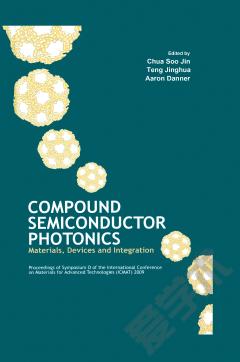
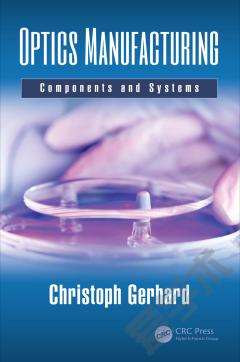
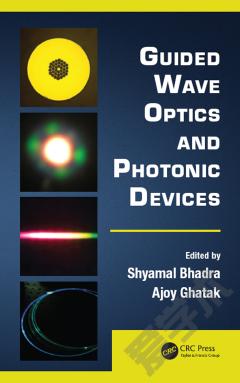
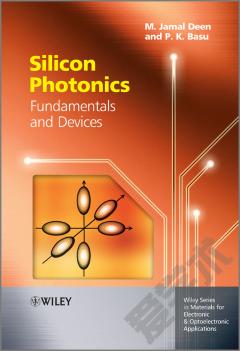

 京公网安备 11010802027623号
京公网安备 11010802027623号